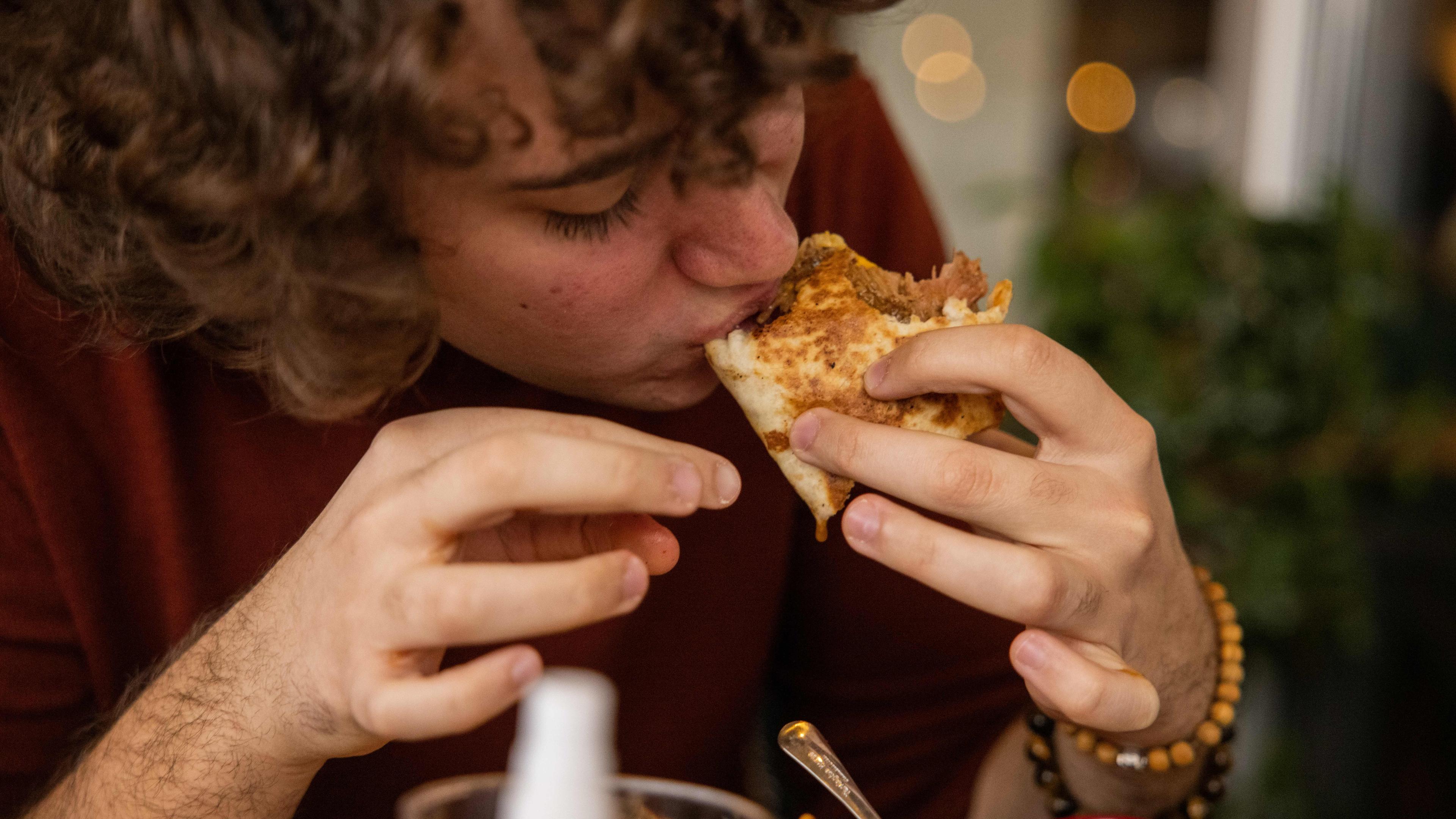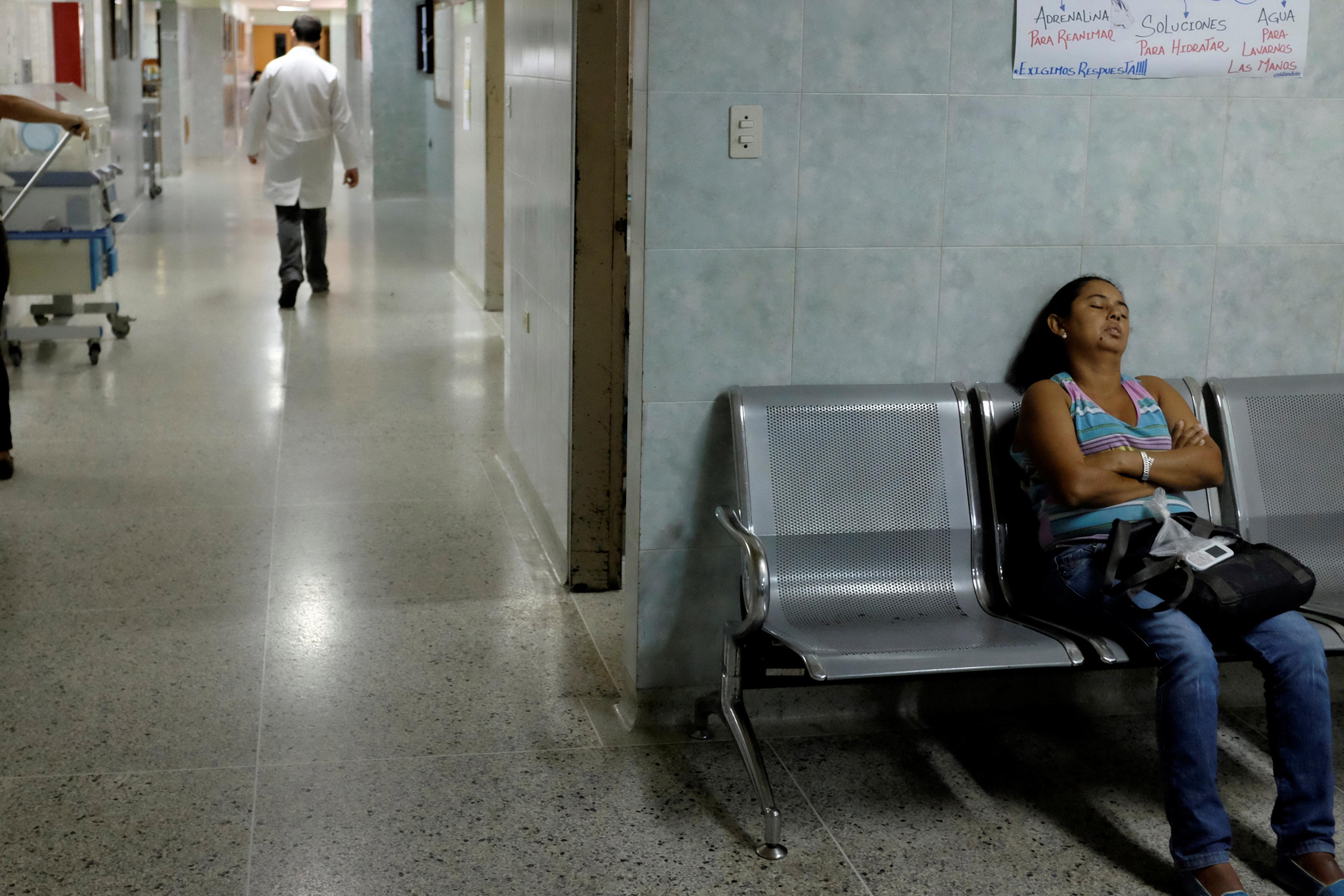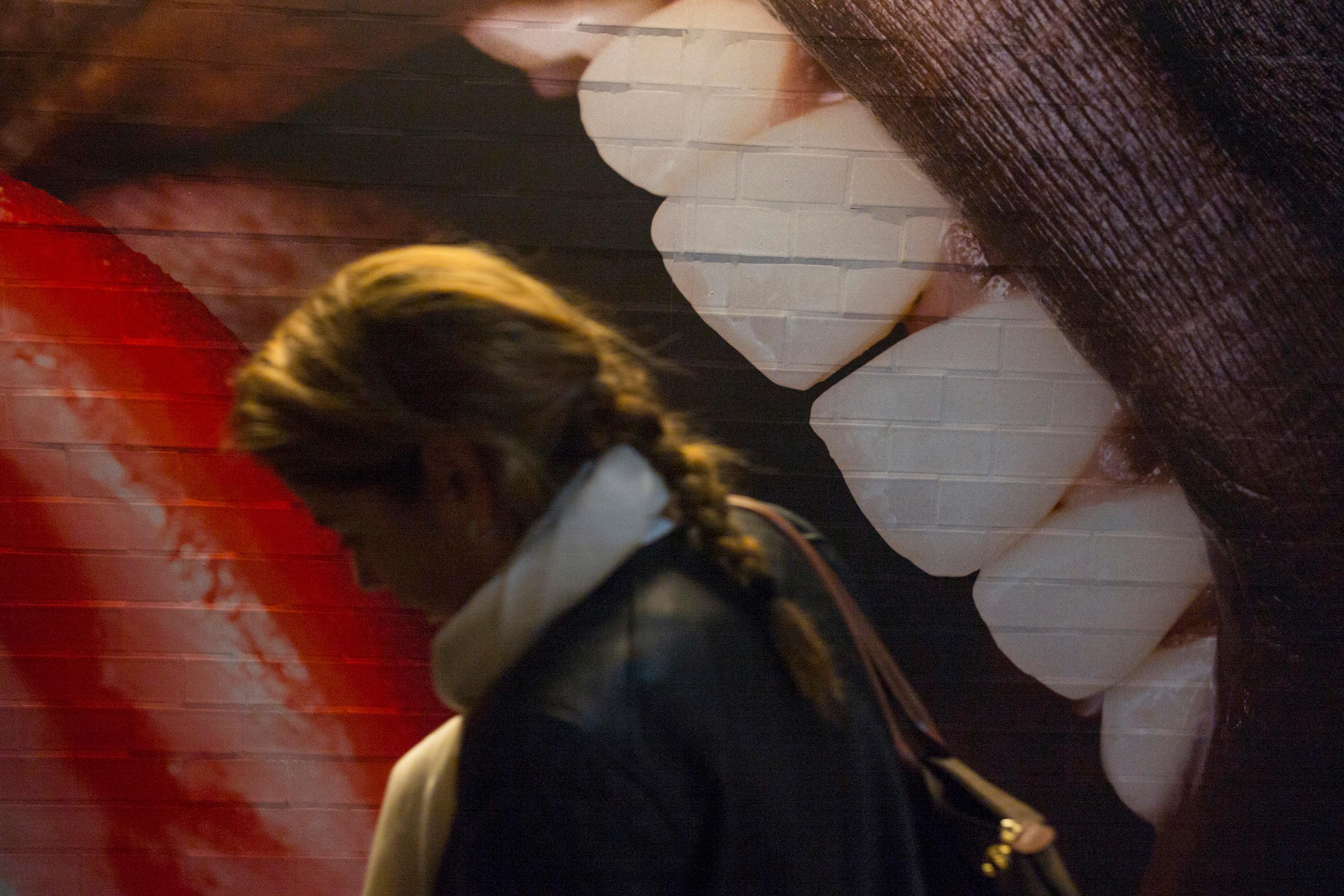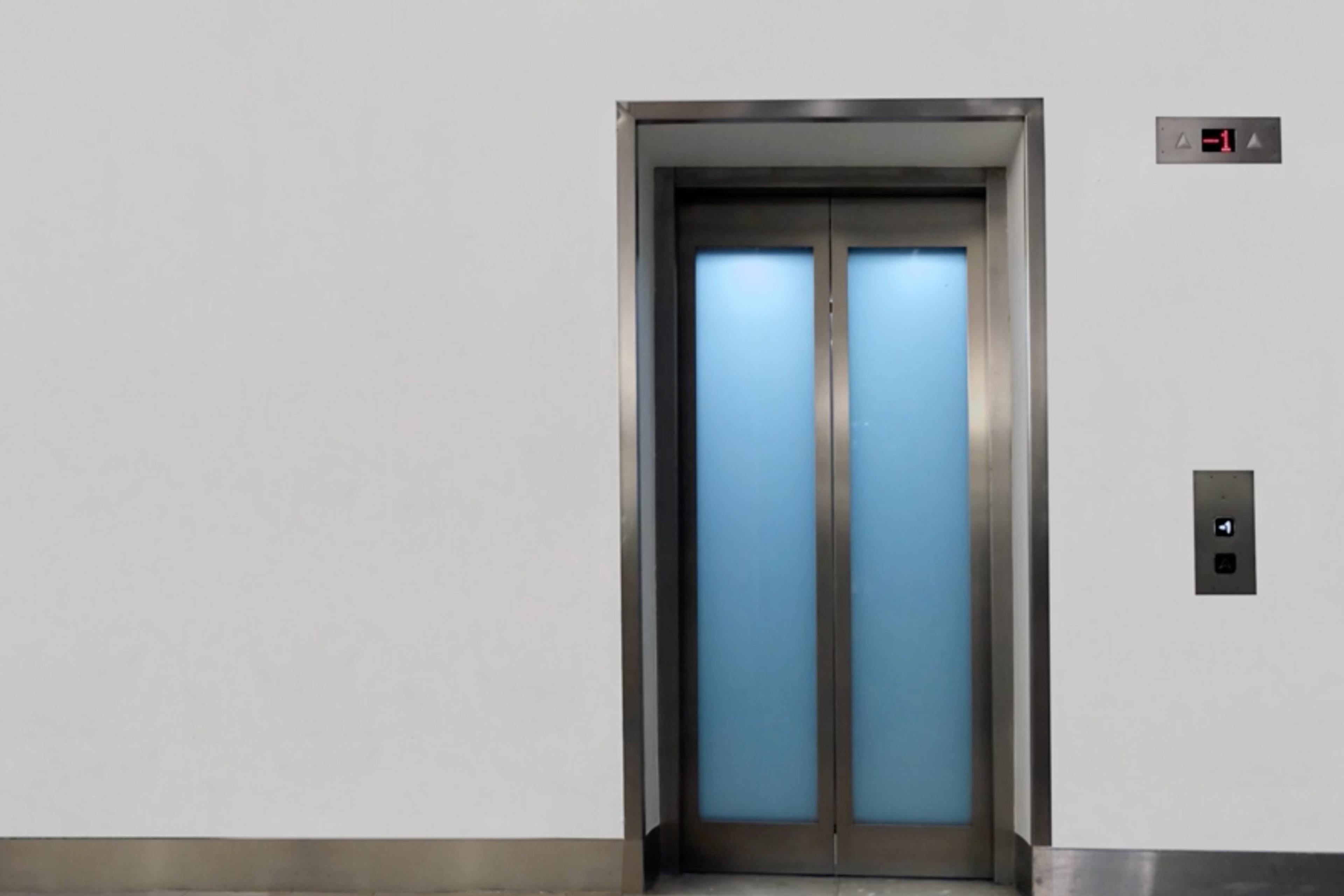When Megan Davies was around 11 years old, family dinners became acutely torturous. It was the sounds her parents and six siblings were making: the chewing, slurping, smacking noises that accompany an average meal. Dinner with her family meant ‘hearing sounds that were just making me want to jump out of my skin,’ she says.
It was a pattern that would repeat over the next 50 years: common sounds, which eventually expanded to include tapping, clicking and rustling noises, among others, touched off a wave of anger and disgust. Davies, who today works as a medical epidemiologist in Raleigh, North Carolina, grew skilled at inventing excuses for why she had to leave situations. Still, it weighed on her. ‘I felt very guilty that I was such a difficult person,’ she says.
Davies has a condition known as misophonia, which causes extreme negative emotions in response to specific trigger sounds, often those associated with eating or breathing. If you have misophonia, it can feel like these sounds are penetrating your body, worming their way into your brain in a way that can feel almost violating, says Sukhbinder Kumar, a neuroscientist at the University of Iowa who studies misophonia. ‘It’s a very internal, very visceral kind of experience,’ he says.
Studies estimate that more than 10 per cent of the population might experience some degree of misophonia, though the severity of symptoms can vary widely. You might get annoyed at certain sounds made by certain people, whereas someone else’s triggers might encompass a broader array of sounds and situations. Though links to other conditions aren’t yet clear, if you have misophonia, you might also be at increased risk of mental health problems, such as anxiety or depression.
Despite its prevalence, until recently there was little research into misophonia. But today the condition is experiencing a surge of scientific interest, spearheaded by the Duke Center for Misophonia and Emotion Regulation (CMER) in North Carolina and thanks to dedicated funding from groups such as the Misophonia Research Fund. In 2022, 15 experts in the field published a Consensus Definition of misophonia – ‘a disorder of decreased tolerance to specific sounds or stimuli associated with such sounds’ (the full definition runs to several paragraphs) – that they say is a critical step forward for research and treatment. Meanwhile, therapists are also beginning to offer misophonia treatments based on cognitive behavioural therapy (CBT), and public awareness of the disorder is growing – there’s even a misophonia podcast.
The scientific spotlight is helping to explain puzzling aspects of the disorder, such as why it can seem to come and go. Trigger sounds might be triggering only when they’re made by your spouse, or when you’re already upset. The reason, according to new research, is that misophonia is about more than just the irritating sounds. ‘The contexts of misophonia triggers may be what moderates the response to triggers, not the sound alone,’ says Mark Zachary Rosenthal, the director of the CMER.
That realisation aligns with emerging research on the neurological basis of misophonia. For a study published in 2017, Kumar and his colleagues scanned the brains of 20 people with misophonia and 22 controls while they listened to an array of sounds, some misophonic triggers and some not. They found distinct patterns of brain activity in the people with misophonia. ‘It wasn’t like any subtle thing,’ Kumar says. ‘[It was] very, very clear.’
Those with misophonia had, among other things, much higher activity in the anterior insula in response to trigger sounds. This brain region is involved with interoception, or our perception of what’s going on inside our bodies, as well as with integrating emotions into cognitive processes. In misophonics, the anterior insula also seemed to show greater than usual connectivity to regions of the brain responsible for emotions and attention.
Misophonia may be related to mirroring, which involves unconsciously mimicking the actions of those around us
Those atypically strong connections might partly explain both an emotional response to certain sounds, as well as why, when you hear a trigger sound, you might feel unable to tear away, says Mercede Erfanian, an auditory neuroscientist with the Hashir International Institute in the UK, who has worked with Kumar.
In 2021, Erfanian and Kumar published another brain scan study of people with misophonia and controls listening to trigger sounds. Intriguingly, they didn’t find any group differences in the activity of the auditory cortex, but they did find increased activation in brain areas involved in controlling the mouth and face among the participants with misophonia. The researchers also recorded brain activity while their participants lay in silence. These ‘resting state’ measurements pointed to strengthened connections in misophonics between the auditory cortex and both the visual and motor cortices.
Based on these findings implicating parts of the motor cortex, Kumar thinks misophonia may be related to a psychological phenomenon known as mirroring, which involves unconsciously mimicking the actions of those around us. That could look like matching the posture of someone you’re seated across from during a job interview, or mimicking the hand motions of a conversational partner. In a preprint published in 2023 at PsyarXiv, Kumar surveyed hundreds of people with misophonia and found evidence that those with more severe symptoms were more likely to say that they imitate the actions and sounds made by people producing triggering noises. Many of the participants said they often feel compelled to mimic whatever action is triggering them and that doing so brings relief, whether that’s chewing loudly or tapping their feet.
The survey findings provide more evidence that the disorder involves complex social and motor cues, Kumar says. Still, many open questions remain, such as whether people who are more inclined to mirror when they’re socialising are more likely to experience misophonia, or why some people might feel more compelled to mirror than others.
While mirroring may explain part of misophonia, Kumar thinks it helps answer why you might feel triggered only by certain people. We typically mirror the actions only of people we feel close to, similar to the way many people say they get triggered only by people they know. ‘Mimicking is not just automatic,’ Kumar says. ‘It depends on your social relationship’.
Another mystery about misophonia is where it comes from. Anecdotal evidence suggests that the disorder starts at a young age. One study using data from the gene-sequencing company 23andMe indicated that sensitivity to chewing noises is associated with a genetic locus near the gene TENM2 that’s involved in brain development, suggesting the roots of misophonia may lie at least partly in your genes. But there’s likely a strong environmental component as well, experts say.
Rosenthal, who trained as a clinical psychologist, lays out a multi-step theory for how misophonia develops. It might begin simply as a generalised sensitivity to stimuli that makes you more attuned to certain sounds or actions. Pair that with an environment more likely to deliver those stimuli – whether it be noisy dinners, cramped living conditions, or something else – and the stage is set for you to experience repeated uncomfortable experiences.
‘All of those context cues, all of the stimuli in that context, become tagged in your brain’s memory as associated with the aversive context,’ he says.
Then, very specific learning experiences unique to you may solidify triggers as intolerable. Rosenthal mentions a patient whose alcoholic father would make her watch TV with him after school, a discomfiting experience accompanied by him smacking his lips repeatedly. The feeling of being both trapped and tormented aligns with how many people with misophonia describe their reactions to triggers – though not everyone’s formative experiences are so extreme.
You can’t always control the sounds that people make, but you can control the context
‘I think one of if not the most important key factors is the experience of repetitive uncontrollability in the face of chronic aversive stimulation,’ Rosenthal says.
With a trigger and an experience linked, your mind can enter a hypervigilance loop that strengthens the association between a sound and a negative experience. Coping strategies you learn during this time, as well as feedback from the environment and the people around you, shape reactions to triggers in the future, setting the stage for misophonia.
That process of associating trigger sounds with specific situations also points to how it might be treated, Rosenthal says. Unlearning the connections between sounds and emotions, or at least dampening the feedback loop, could help de-escalate everyday situations involving a trigger.
Two recent studies provide compelling evidence that back up this approach to treatment. The first, published in 2022 in Frontiers in Psychology, showed that people with misophonia found common triggers, such as sounds of people sniffling or eating, less aversive when they were paired with apparent nonhuman causes, such as a video showing a broom being pushed across the floor.
A similar paper co-authored by Rosenthal and published in Frontiers in Neuroscience in 2023, showed that misophonics found lip-smacking noises less aversive when they were paired with incongruous video imagery, such as someone moving their hands in a bowl of dough.
‘Arguably the most exciting finding collectively across studies in the last couple of years is that the contexts of misophonia triggers may be what moderates the response to triggers, not the sound alone,’ Rosenthal says. ‘You can’t always control the sounds that people make, but you can control the context.’
All this new research into misophonia means that, for the first time, you might be able to find evidence-based treatments for the disorder. Based on existing CBT practices, these therapies involve first identifying specific behaviours patients want to change, whether that’s their reactions in the moment, the anxiety caused by anticipating triggers, unhealthy coping strategies, or something else. Then, therapists work with patients to analyse, understand and ultimately de-escalate their misophonic reactions.
For Davies, this kind of targeted therapy has been life changing. She found out about Rosenthal and the CMER in 2019, and began weekly hour-long therapy sessions with a counsellor in late 2020. The strategies she learned there have turned once-intolerable situations into manageable challenges.
One helpful exercise she uses involves actively shifting the way she interprets triggers. For instance, if someone nearby was chewing gum loudly, she once focused on how inconsiderate they were. Now, Davies attempts to reframe the situation. Perhaps the person isn’t aware of the impact of their actions, or ‘maybe their mouth is really dry, or they have a sore throat, and the gum is helpful for them,’ she says.
Clinical studies on the effectiveness of CBT for misophonia have yet to be published, though Rosenthal says the CMER is planning a small randomised trial set to begin in 2024. The early indications are promising. ‘It’s worked very, very well,’ he says. ‘We’re seeing improvements quite regularly with this.’
Researchers at the CMER are also exploring other treatment options, such as neurostimulation, which involves targeting specific regions of the brain with small jolts of electricity.
Rosenthal points to a continued need for progress, even as awareness of misophonia grows. For example, there is still no official diagnosis for misophonia, and the disorder lacks an International Classification of Diseases code that would allow official statistics on the condition to be collected, and that would simplify insurance coverage for treatment.
Even so, if you have misophonia, it’s now possible to get tailored support and treatment. People with misophonia were once dismissed by therapists who lacked a name for what they were experiencing, and were told they were making it up. Now, people like Davies are finally being given the tools to do more than just endure misophonia.
Davies says she recently passed what she calls a ‘final exam’ for her misophonia treatment: a three-day academic conference. Where she once left conference rooms if trigger sounds were enraging her, she now focuses on noting and refocusing her reactions.
‘It was … surprisingly effective,’ she says. ‘If I don’t want to give up something else to get away from the stimulus, I don’t have to.’








